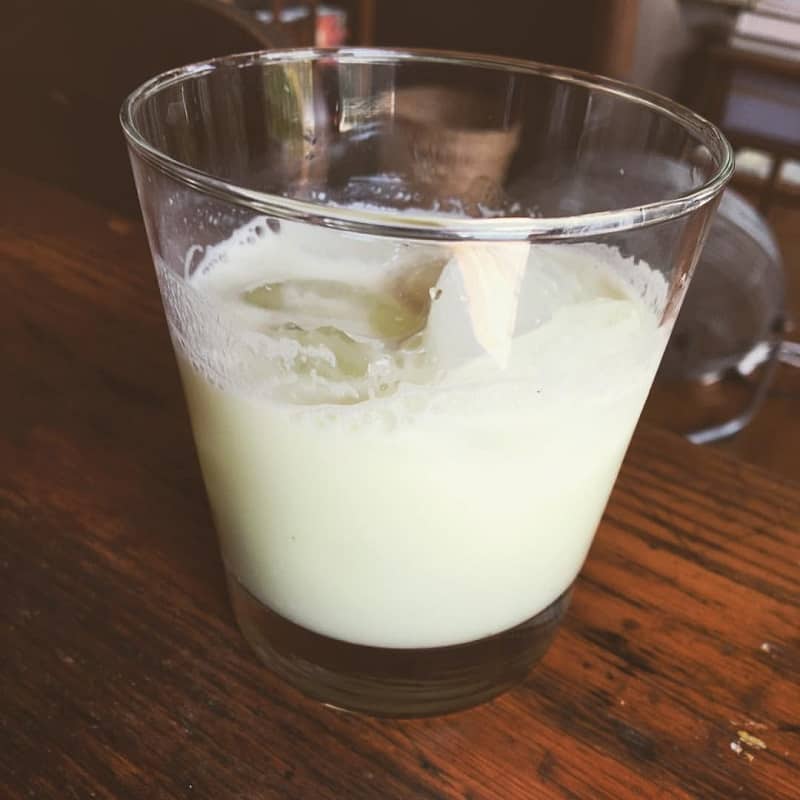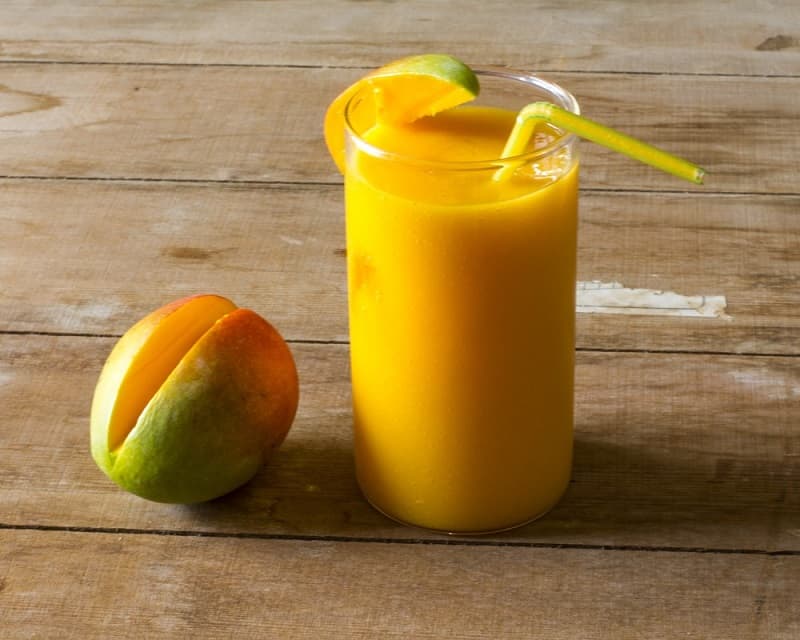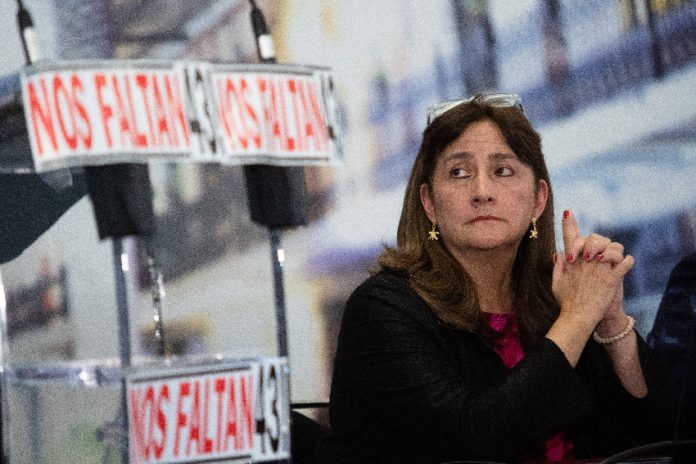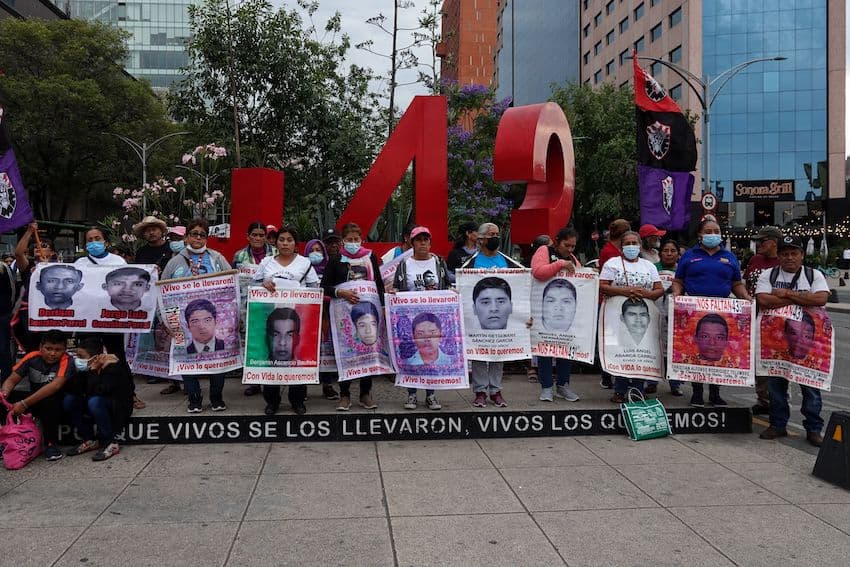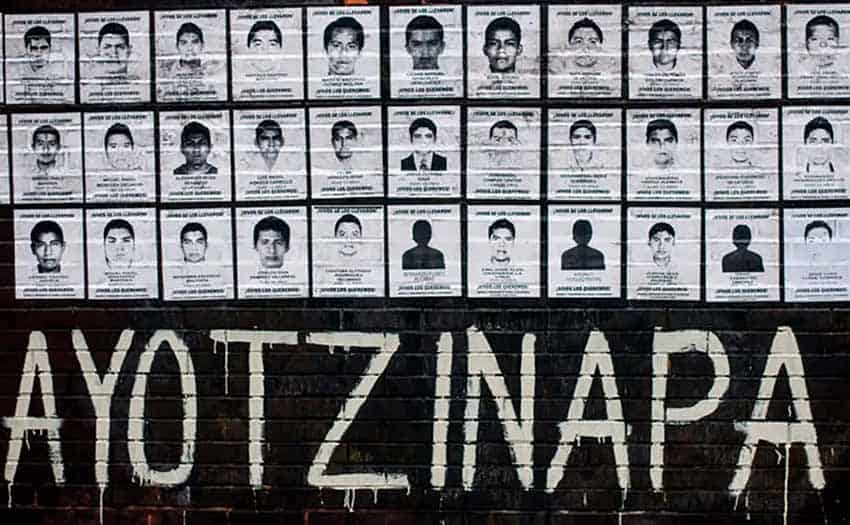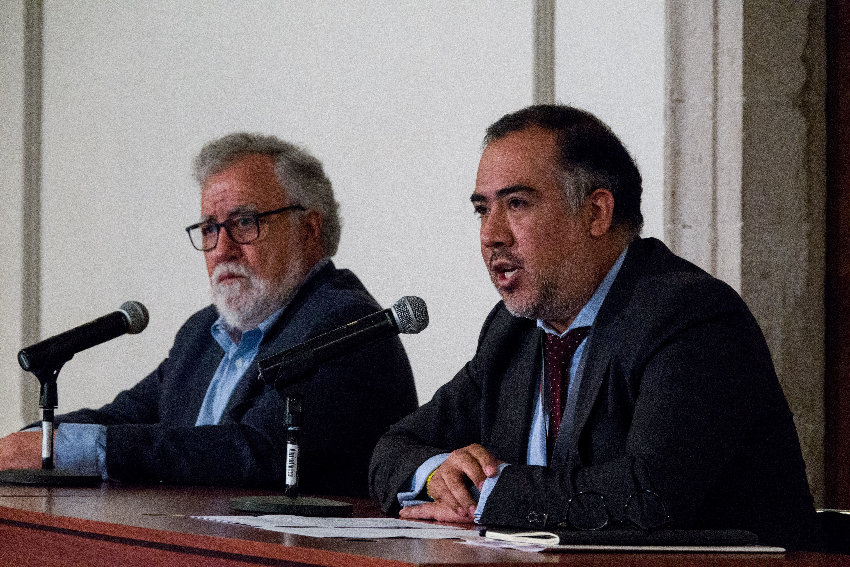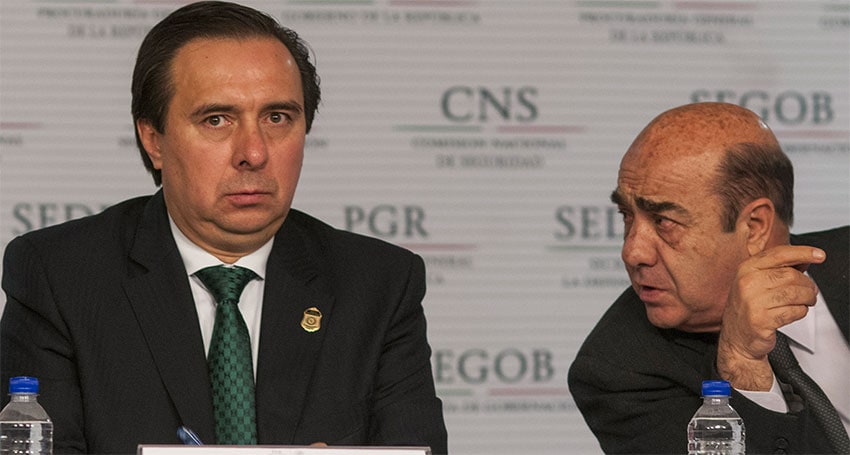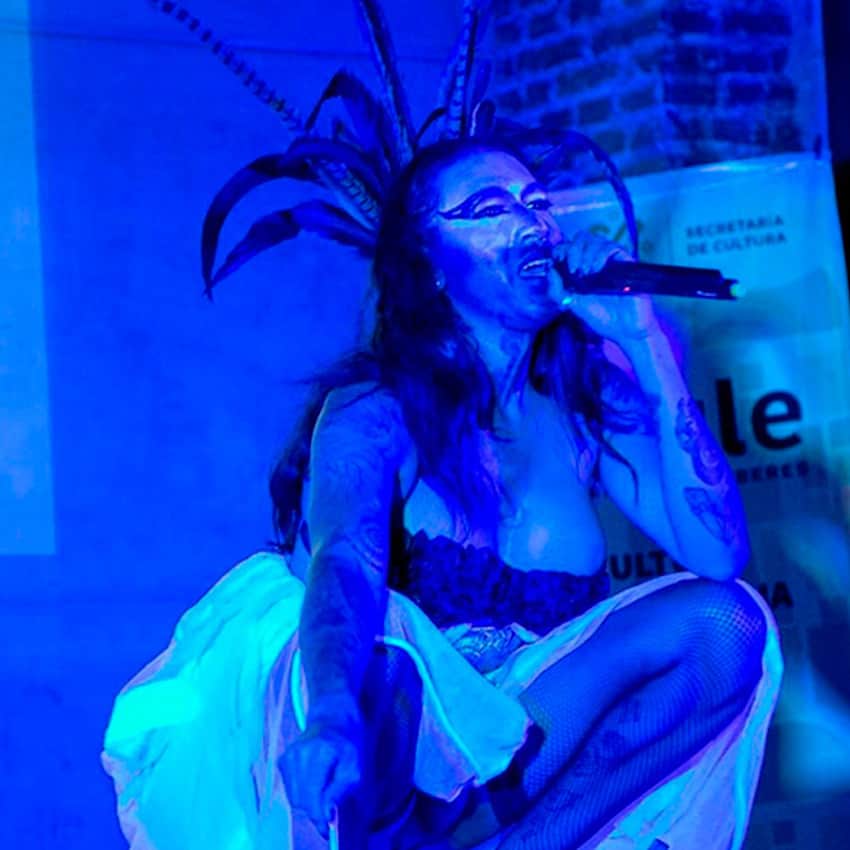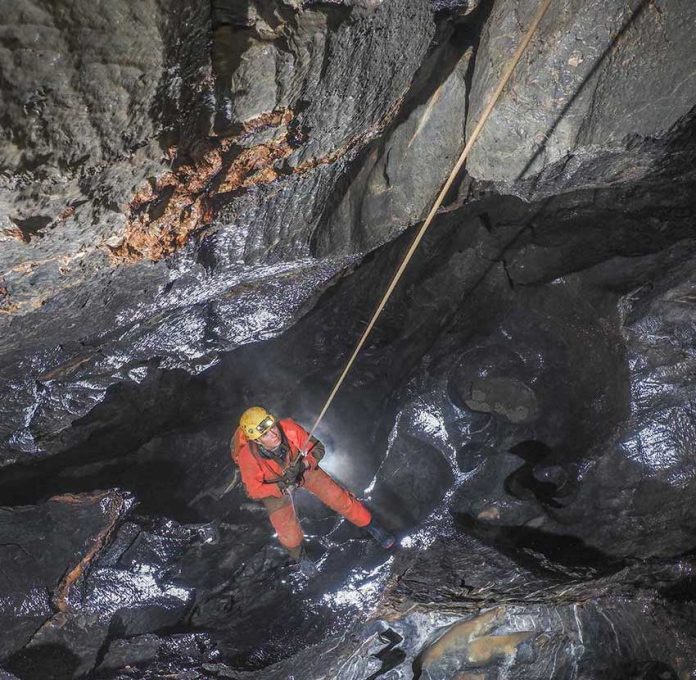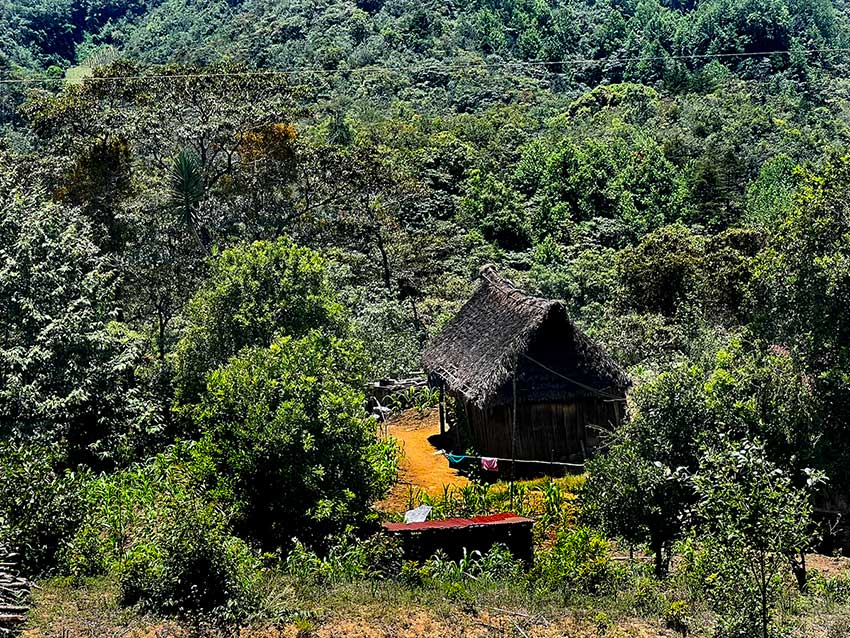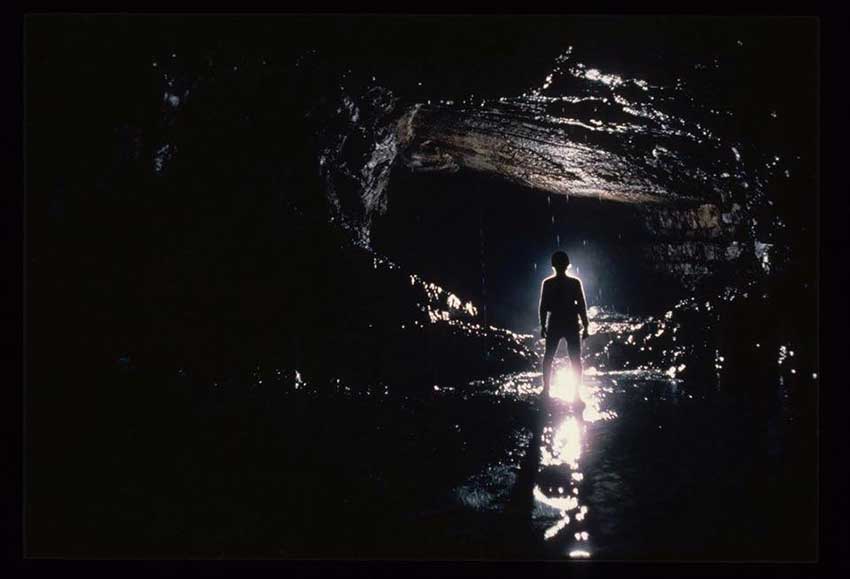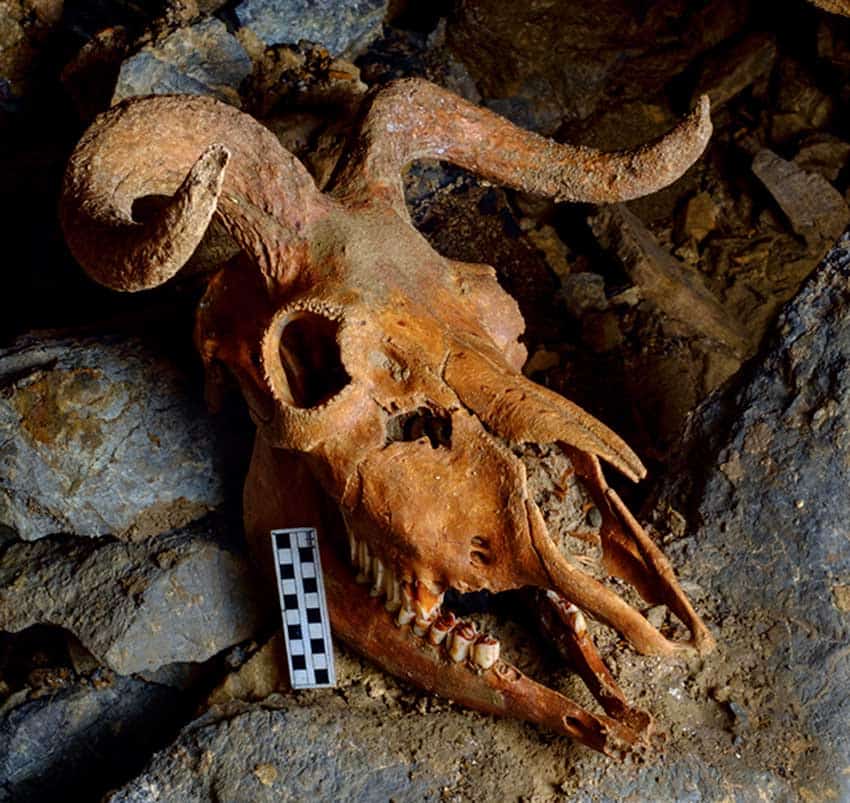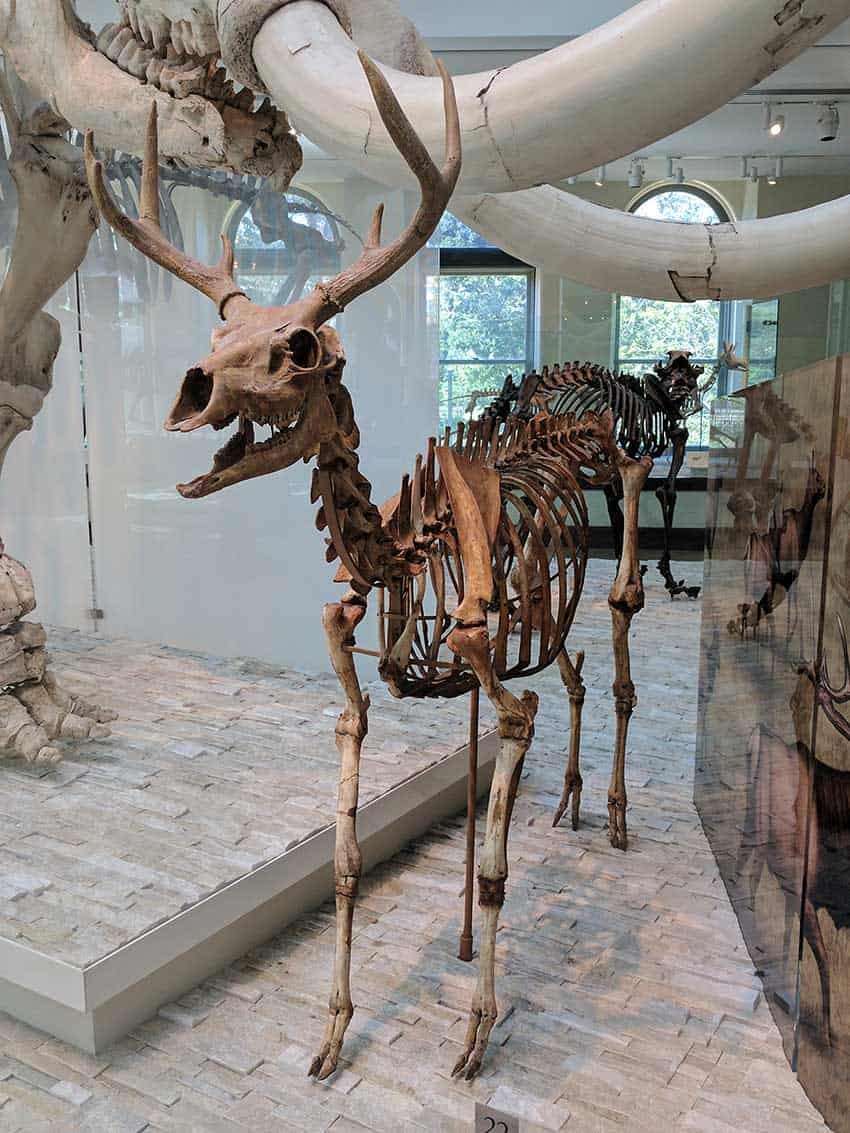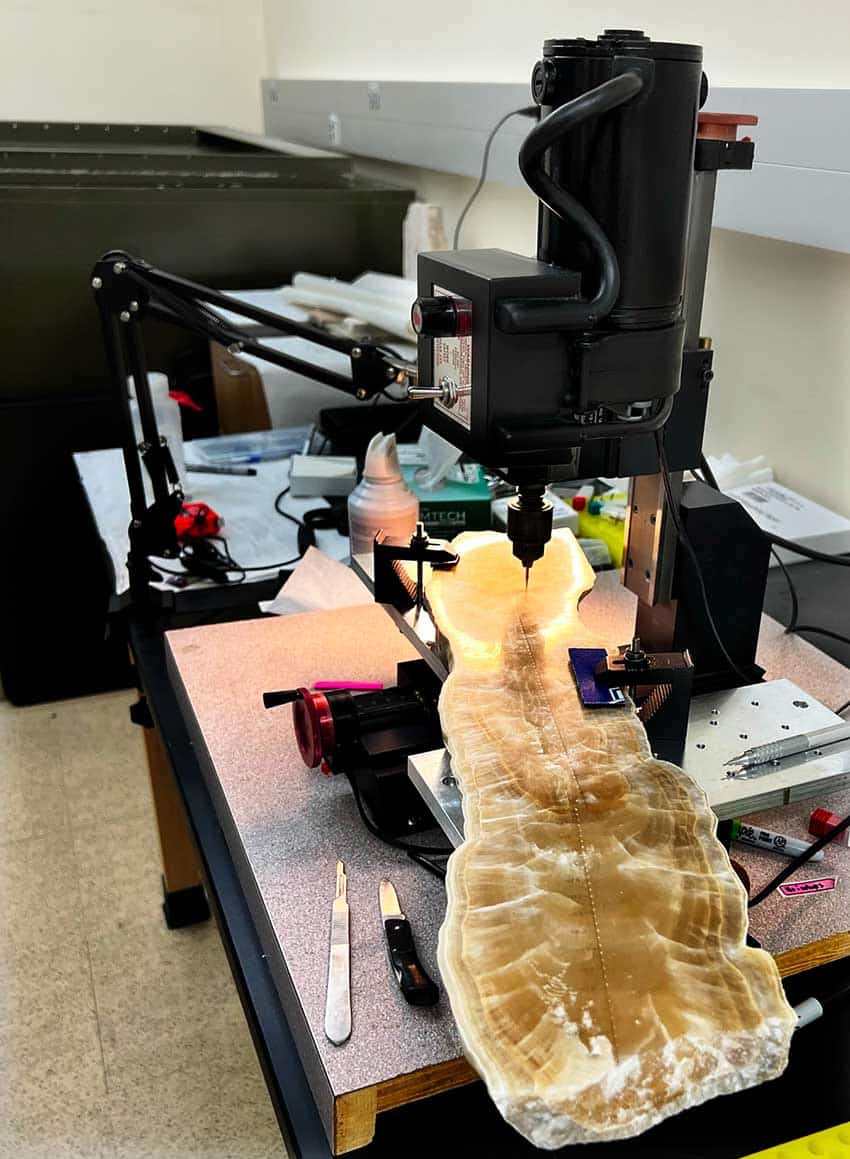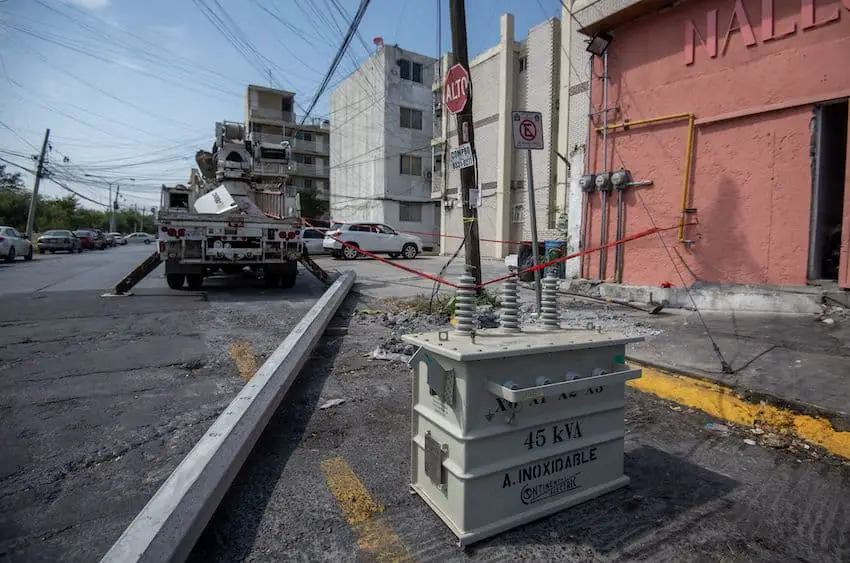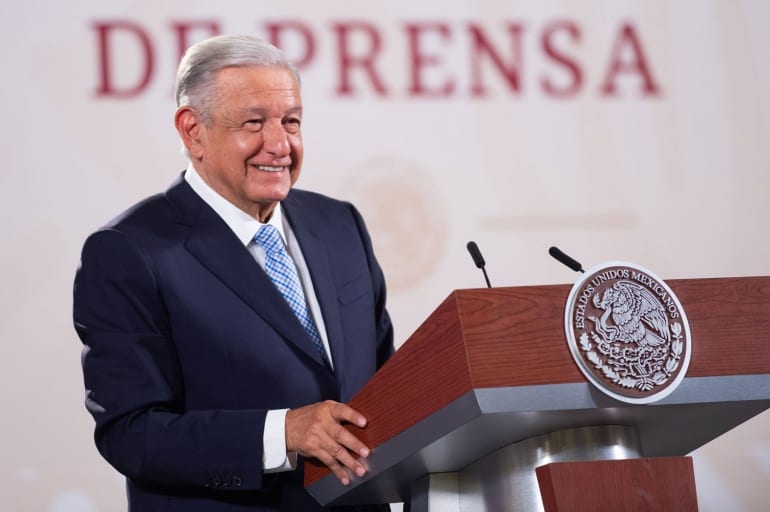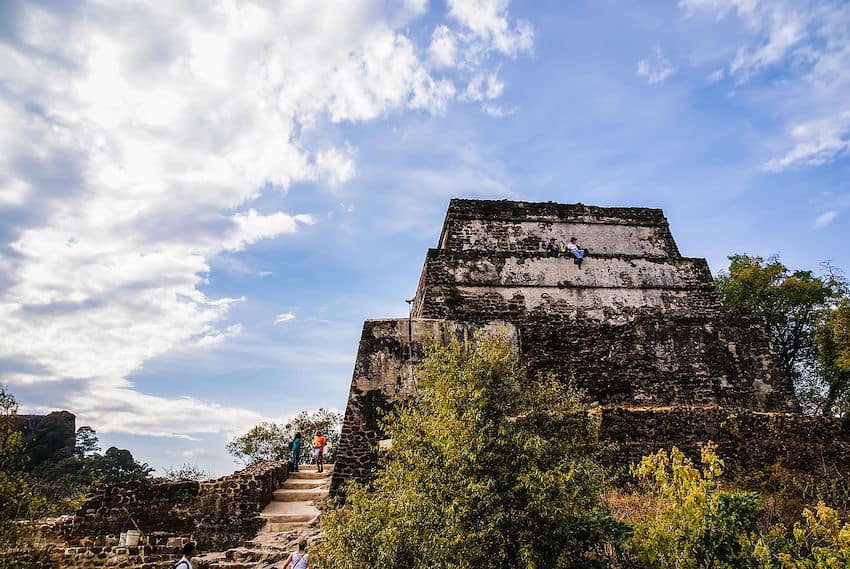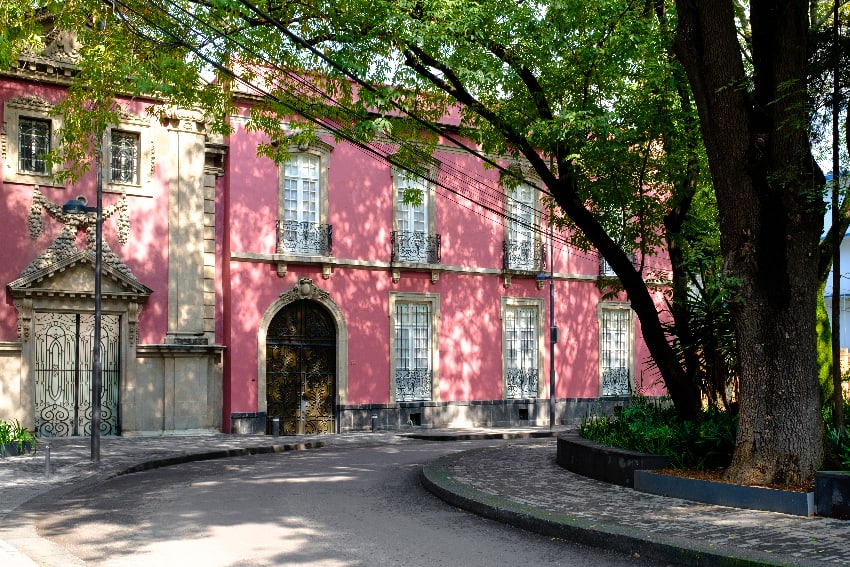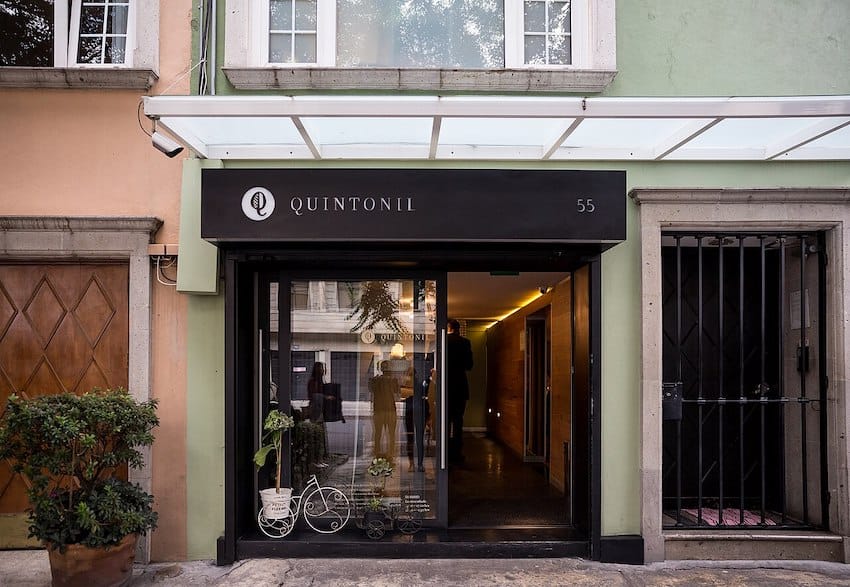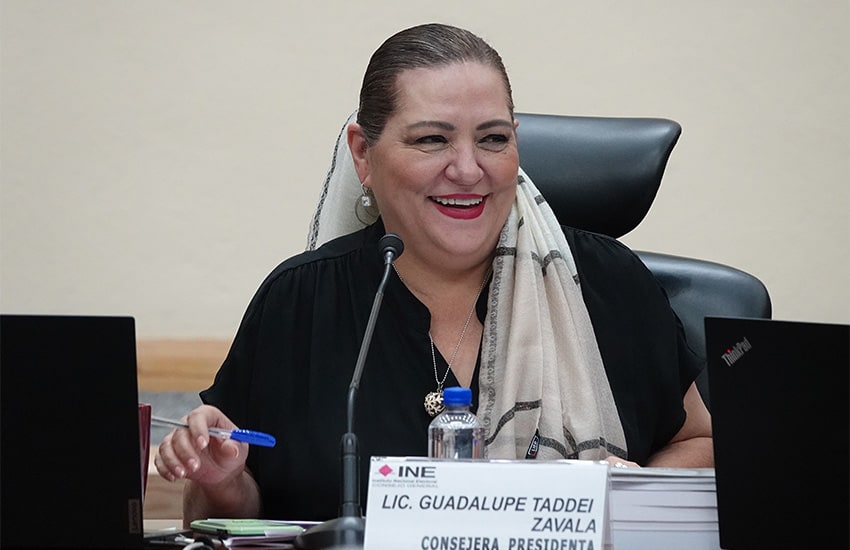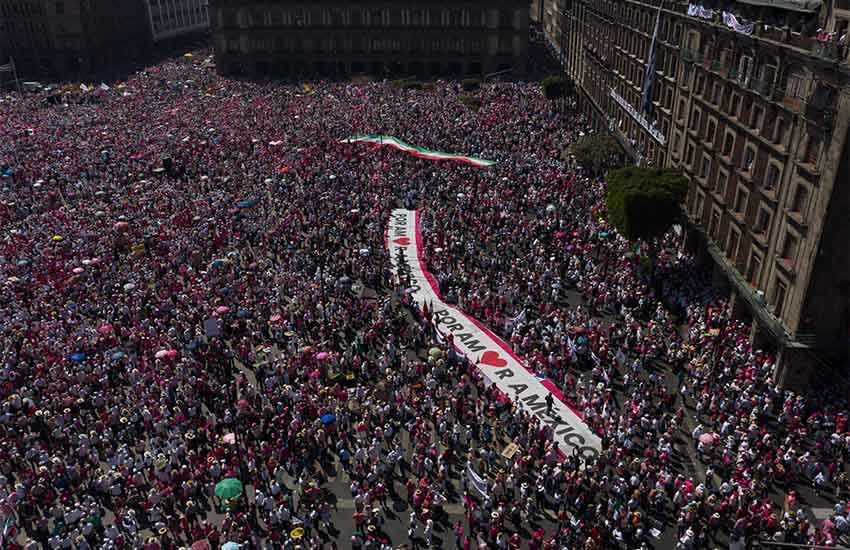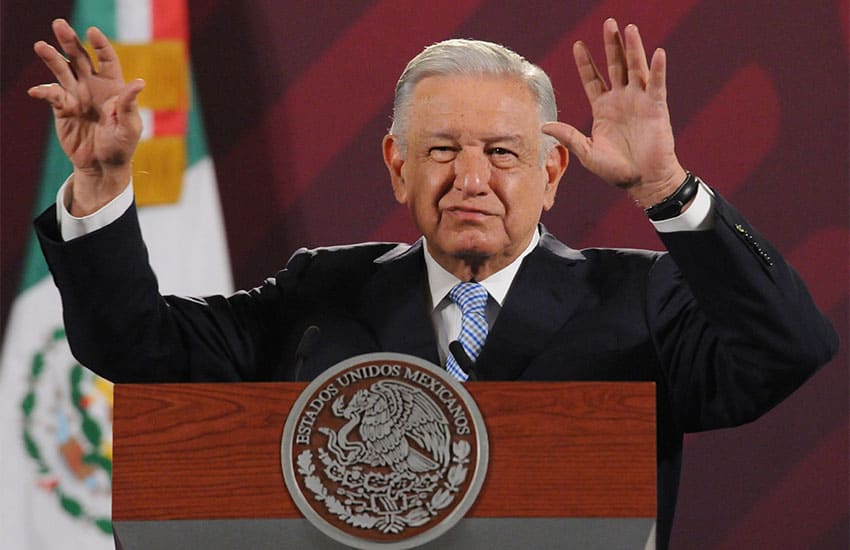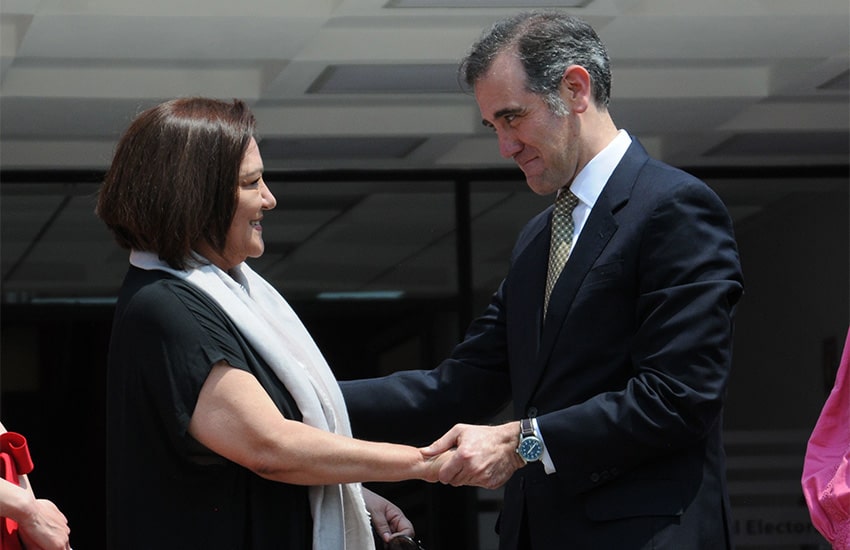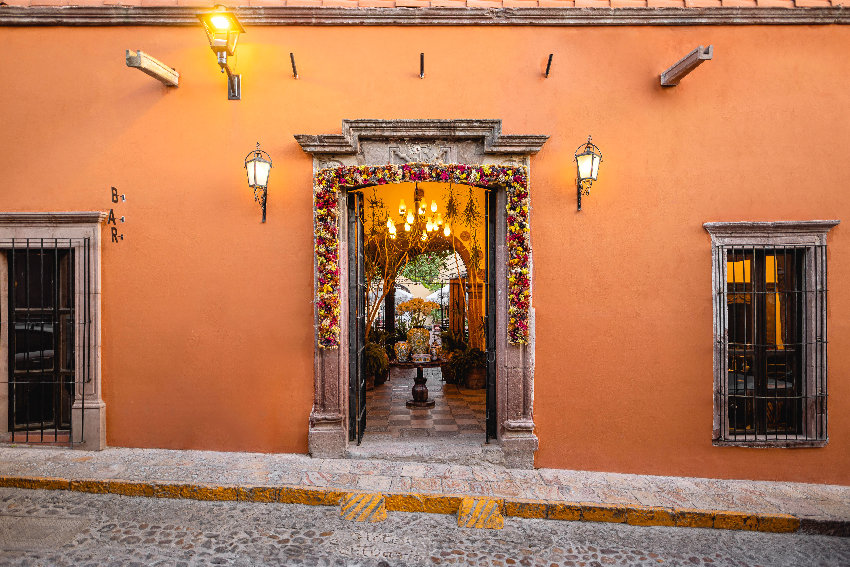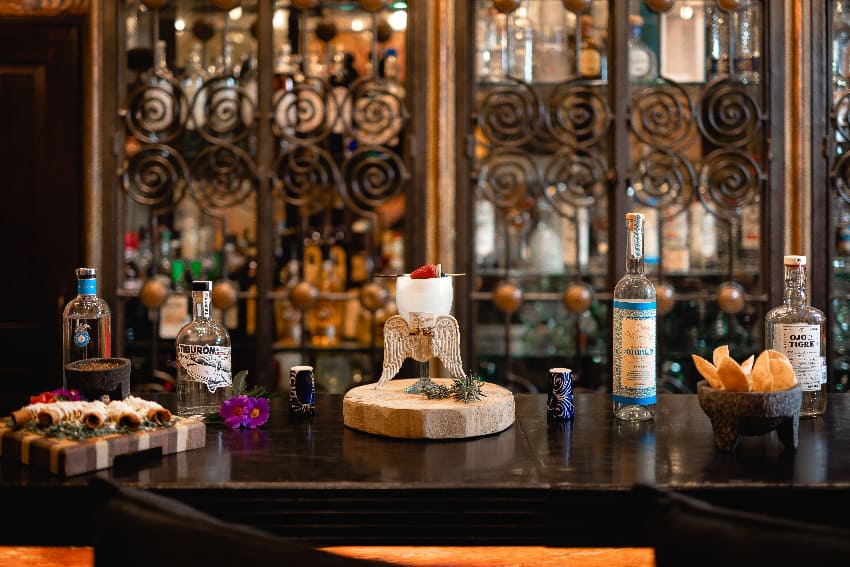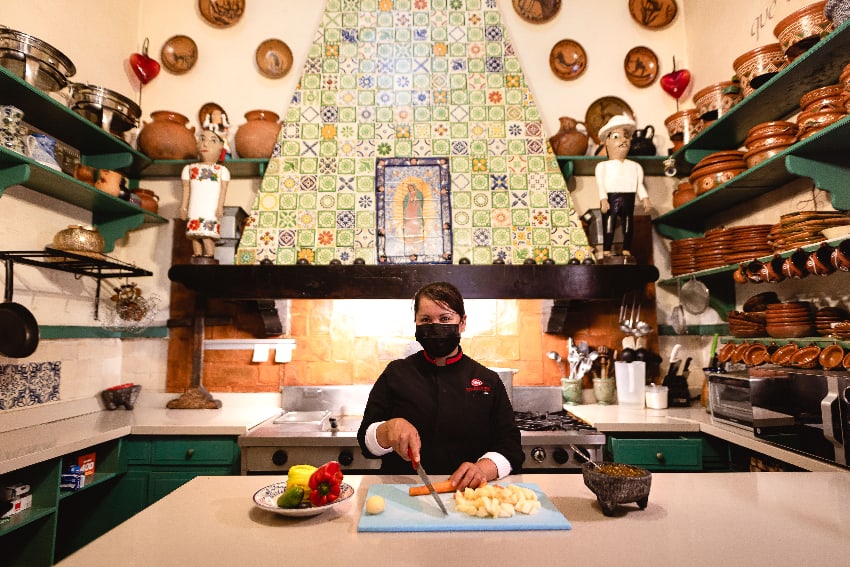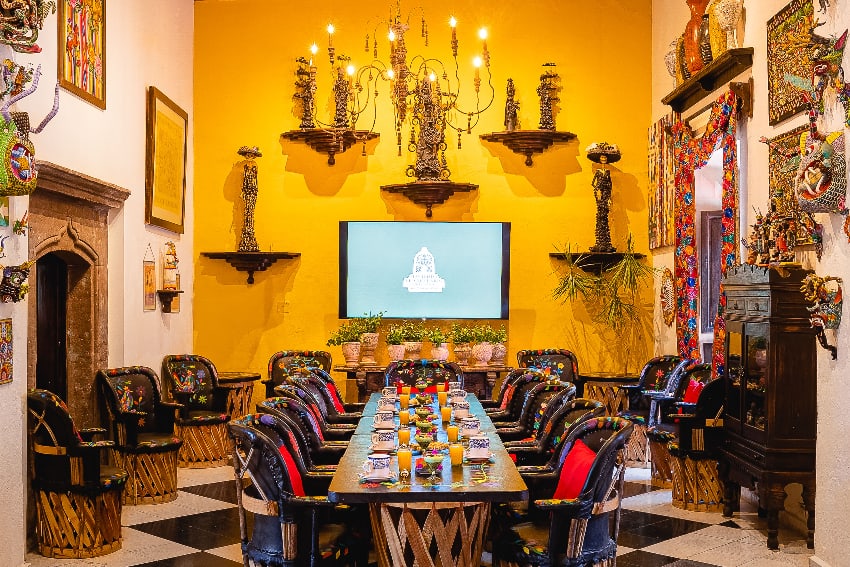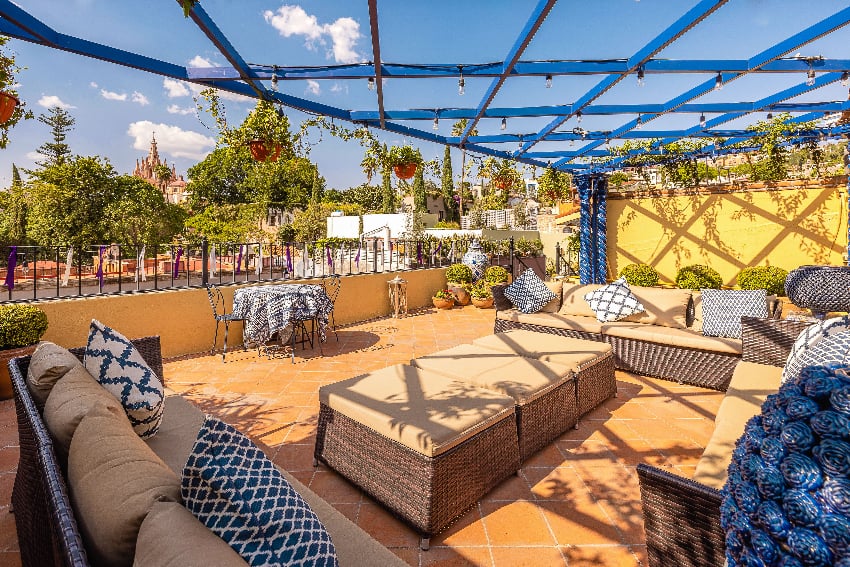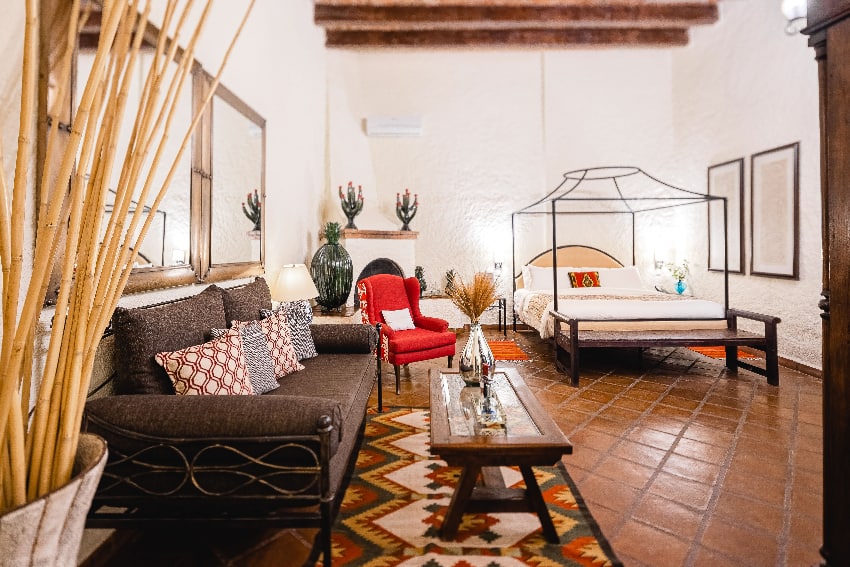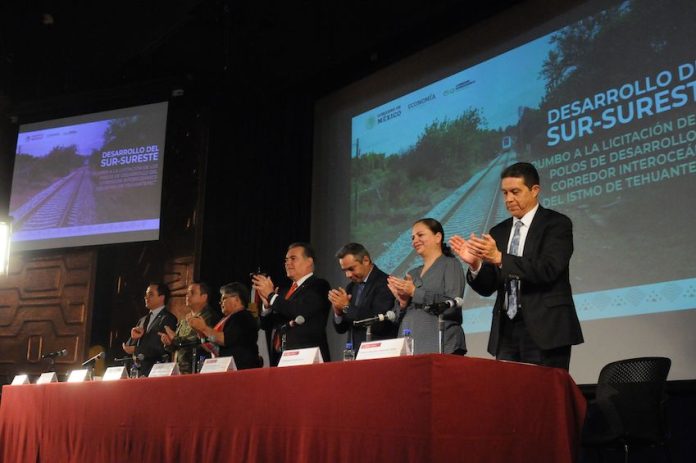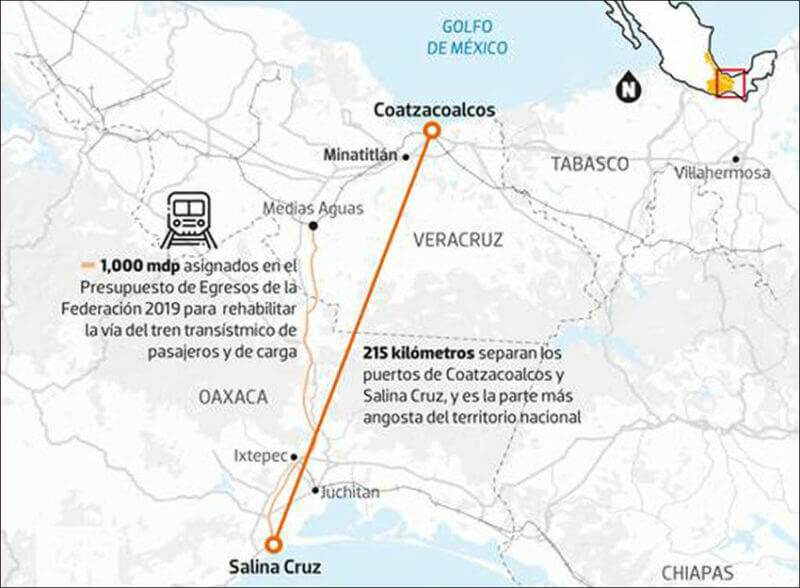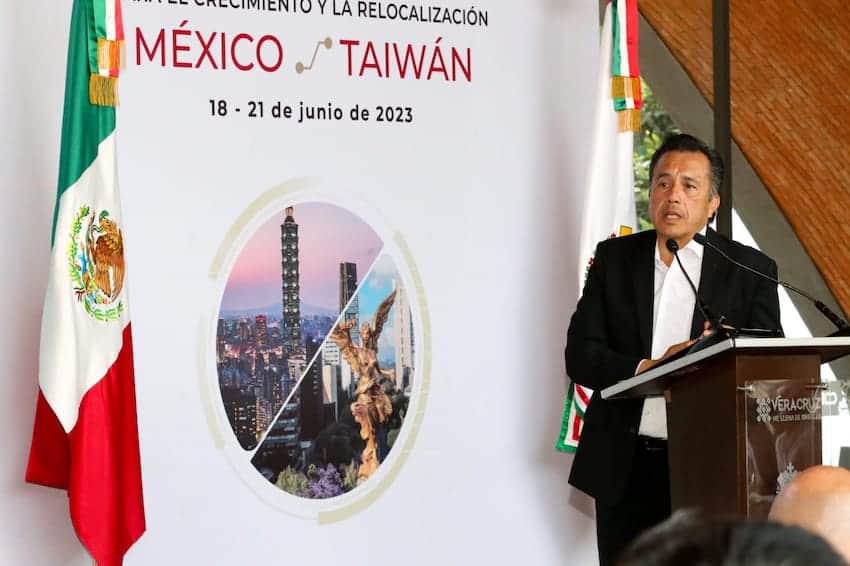This week we saw the summer solstice: the longest day of the year.
It was a long day, literally, because the sun was out for the greatest number of minutes this year, and it was a long day figuratively, because we’re all trying to get too much stuff done while also melting in our seats.
I don’t know about the rest of you, but the strong peso means lots more working hours for me, as the value of my earnings continues to decrease. The heat may make me want to sleep, but the economy has me running that hamster wheel harder and harder.
Usually, I take some time on the solstice to do some kind of “witchy stuff,” as my sister and I call it. But yesterday, my tarot deck remained on the shelf, untouched. No candles were lit, because why light candles when it’s so hot already? I didn’t even go out to pick flowers or herbs for a nice table centerpiece.
I mean, how do you celebrate the sun when the sun is actively trying to kill you?
Mexico, along with other parts of the Americas, has been suffering from an impressive heat wave for weeks now. Where I live in Xalapa, it hasn’t been uncommon in previous years to find me in a sweater and boots in June, feeling chilly from the cool temperatures and drizzle that arrive with the rainy season.
But this month, I’ve been sleeping with a fan on every night, often kicking the covers off too, something I pretty much never, ever do (what if ghosts come and grab my feet while I’m sleeping?)
I don’t even have it that bad: where I am, it’s pretty mild compared to other parts of the country. High temperatures in Xalapa have hovered around 90 F — a beautiful, if slightly warm, spring day where I’m from in Texas. Of course, in Texas, we have central air conditioning, so the suffering one is subjected to usually only takes place on the walk to the car.
Here, there’s no fresh, cool air flowing through empty walls and out of vents into each room. The breeze from open windows is pretty much it, alongside whatever fan you might happen to have on hand. If you’re planning on buying one just now, you’re out of luck: most stores have been left with the scrawniest of collections.
Especially alarming was the news of fires in the region. After a friend sent me a video of the smoke billowing out of the forest near his home, I received more official news: firefighting brigades are asking for help to combat burning in the cloud forest that surrounds us. The cloud forest, people. Where usually, nothing can burn at all because everything’s always damp.
In Xalapa, we’re uncomfortable, but we’re surviving the heat. We’re just working and walking a little slower than usual and taking more naps if we can (what is it about heat that’s so exhausting?). But in the places where the temperatures are up in the hundreds, like down the road in Veracruz, I have no idea how they’re coping. Many homes have air-conditioning units, but plenty don’t. Those who do probably have them on at full blast, and who can blame them? You just can’t get stuff done when you’re melting.
Unfortunately, Mexico’s electrical grid may not be up for the job of supporting all of these attempts to cool down, and I pray that we don’t see anything like my home state did last year when the power grid collapsed due to unprecedented demand.
After years of chasing off alternative private energy providers in Mexico to prioritize the nationalized energy provider, the Federal Electricity Commission (CFE), we’ve arrived at an unhappy experiment that asks the question: will the state-owned company actually be up to the job of keeping the homes and businesses of Mexico powered? Plenty of blackouts have already been reported.
If you ask the president, of course, he’ll tell you what he usually tells citizens when they say “hey, this is a problem.”
“No,” says AMLO, “there is no problem.”
Helpful, right?
Energy policy in both of my countries is tough to work out. Though it should simply be considered a public good, there are plenty of economic interests that want to make sure that those currently providing power, efficiently or not, are not put at a disadvantage.
In Texas, private companies maintain their power over the grid and keep it that way because of the outsized economic influence they’re able to have on politics. In Mexico, the president’s tireless efforts are keeping the electricity market increasingly competition-free. AMLO caused quite a stir a few years ago, and a possible run-in with the U.S. and Canada, with energy laws that effectively revoked or “froze” permits for foreign alternative energy companies by prioritizing energy produced by the CFE.
That pretty well spooked most others from expanding in Mexico’s renewable energy sector, so it seems we’ll be finding out soon how well CFE can manage.
This administration does not seem to worry too much about the pollution CFE and Pemex cause by burning fossil fuels, and that will ensure even higher temperatures in the future; that worries and saddens me.
Because nature and physics don’t care about the CFE or any other energy company. Its laws are indifferent to our economies, our claims of sovereignty, our discomfort. I hope and pray we start making policies with an eye toward those laws from now on.
Perhaps a physicist with a doctorate in environmental engineering can help get some sensible energy policies rolled out?
Sarah DeVries is a writer and translator based in Xalapa, Veracruz. She can be reached through her website, sarahedevries.substack.com
Disclaimer: The views expressed in this article are solely those of the author and do not necessarily reflect the views of Mexico News Daily, its owner or its employees.



